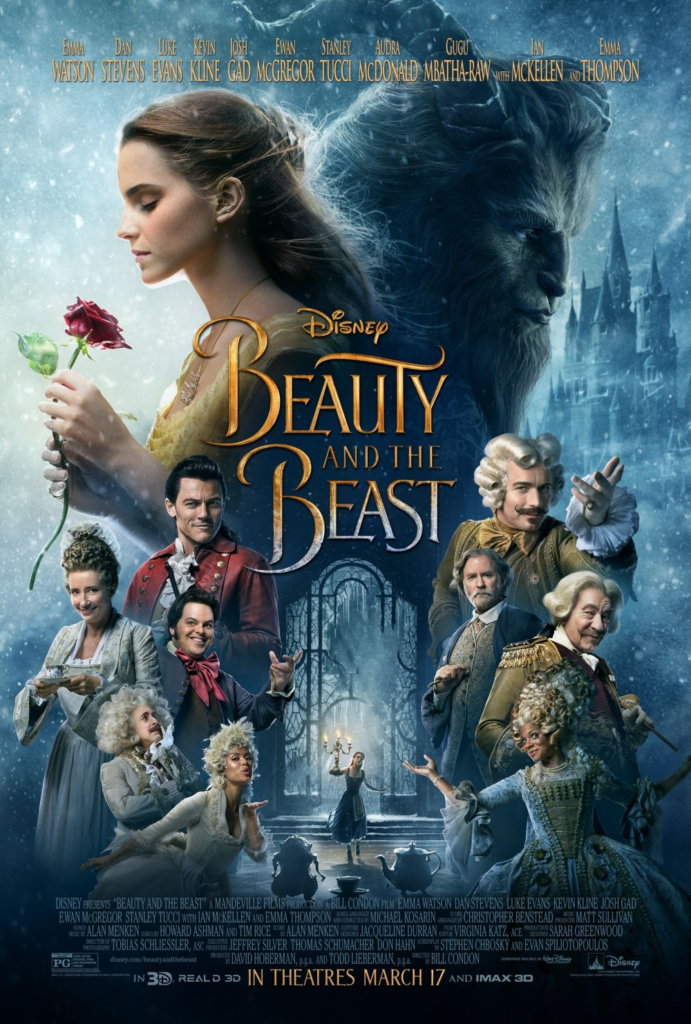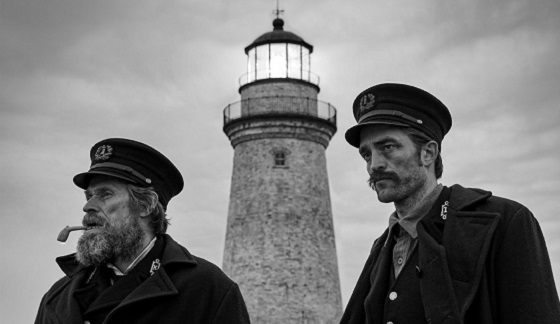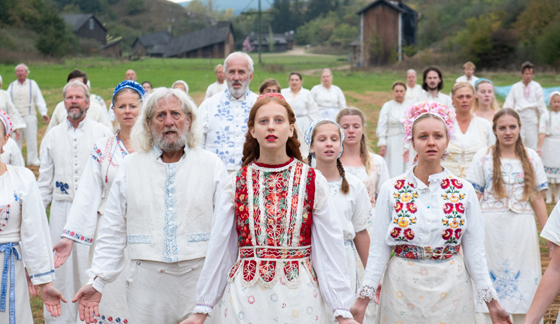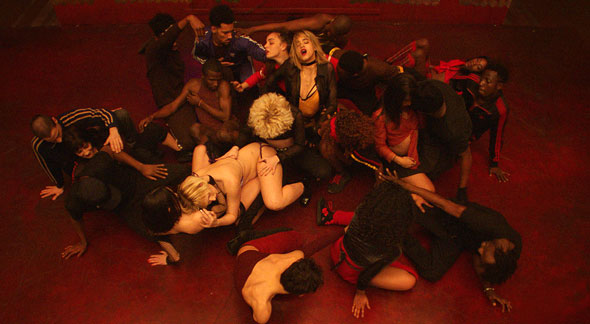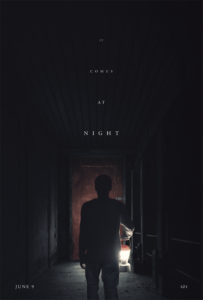Last year I wrote the following in my post-San Diego Comic Con 2022 write up, “Here at MediaMikes, we’re fairly confident SDCC 2023 will be better.” I’m glad I didn’t say that we’re fairly confident things will get back to a chaotic normal. SDCC 2023 could be summarized as last-minute disorganized chaos. From 2020-2022, it was the pandemic that rattled things in San Diego, but now it’s the strike.
First off, we’re not blaming the writers or actors. What they’re doing is noble and they deserve the pay and respect that they’re demanding. We even got to talk to a few striking writers and actors at SDCC and they expressed their utmost appreciation and admiration for the convention. But what that did to the studios attending, as well as the fans attending, is what really caused some of the more massive headaches at this year’s iteration of SDCC. I don’t want this to be a negative piece, so I’ll start with some of the positives we witnessed at SDCC.
Because the infamous Hall H didn’t have Marvel or big names, a lot of the people who would most likely be spending their weekend in line for Hall H had plenty of time to visit a busy exhibit floor, which we assumed translated to more cash for those selling their merchandise; and there was plenty to go around. From the usual comics and art, we saw a fascinating array of goods directed at all nerds, including those who aren’t. If those Hall H line people weren’t going to the sales floor, they were going to smaller panels where some much deserved unknowns got some well-deserved attention. In the few smaller panels we attended, we definitely noticed rooms filling to capacity which meant more eyeballs on small studios and products. We think that’s great for independent artists and others who were still able to attend.
The lack of Hall H luster also meant that SDCC offsites were busier. Some of the studios and entities really stepped up their game this year with free goodies that were worth their weight (and wait) in gold. For instance, “Only Murders in the Building” had fans solving puzzles for Selena Gomez make-up products (which aren’t cheap) while Paramount+ showcased a wide variety of their programs with goods along-the-way, including an actual “Good Burger,” spray-on tattoos, and “1923” photo ops. For Trekkies, you also got your chance to sit in THE captain’s chair. Hulu also managed to hand-out boxes of TV show pins that delighted hardcore fans of “Futurama,” “Solar Opposites,” and other animated shows. As for the best offsite, it really goes to “Interview with the Vampire,” by AMC+. The immersive offsite offered food, drink, goodies, posters and a near bite on the neck.
Unfortunately though, not all that glitters is gold. A24 may have a mess on its hands because of its “Talk to Me” screening. Nothing against the directors or actors, but A24 really bungled the secret screening, leaving hundreds and hundreds of upset fans, some of whom had waited all day to see the movie. While A24 movies may be fantastic, their PR and handling of the screenings are abysmal. That being said, the people behind SDCC have plenty of blame as well. Because of the strike, the biggest name attending this year was Jamie Lee Curtis who was touting her new comic book. Instead of moving her to Hall H, they kept her in a significantly smaller room which led to one of the longest lines of the entire con. They also have failed to bring back one vital thing for those who stand and walk all day, carpet. The floors would have been less merciful if fans got to actually stand on something that wasn’t concrete.
All in all, SDCC continues to be my geeky love/hate relationship. While I look forward to it every year and get excited with each passing day, the hate in the relationship sometimes boils over during or after the convention itself. As I become a hardened con goer, I’ve learned to pick and choose my battles every year. Even though I still go home licking my wounds, I also go home with fond memories and goodies. So even though my feet are sore, my skin is burnt and at times I found myself looking from the outside in on various things I wanted to attend, SDCC remains a flawed geek mecca. As for next year…let’s just hope the old phrase, “bad things come in threes,” doesn’t come to fruition for SDCC 2024.
